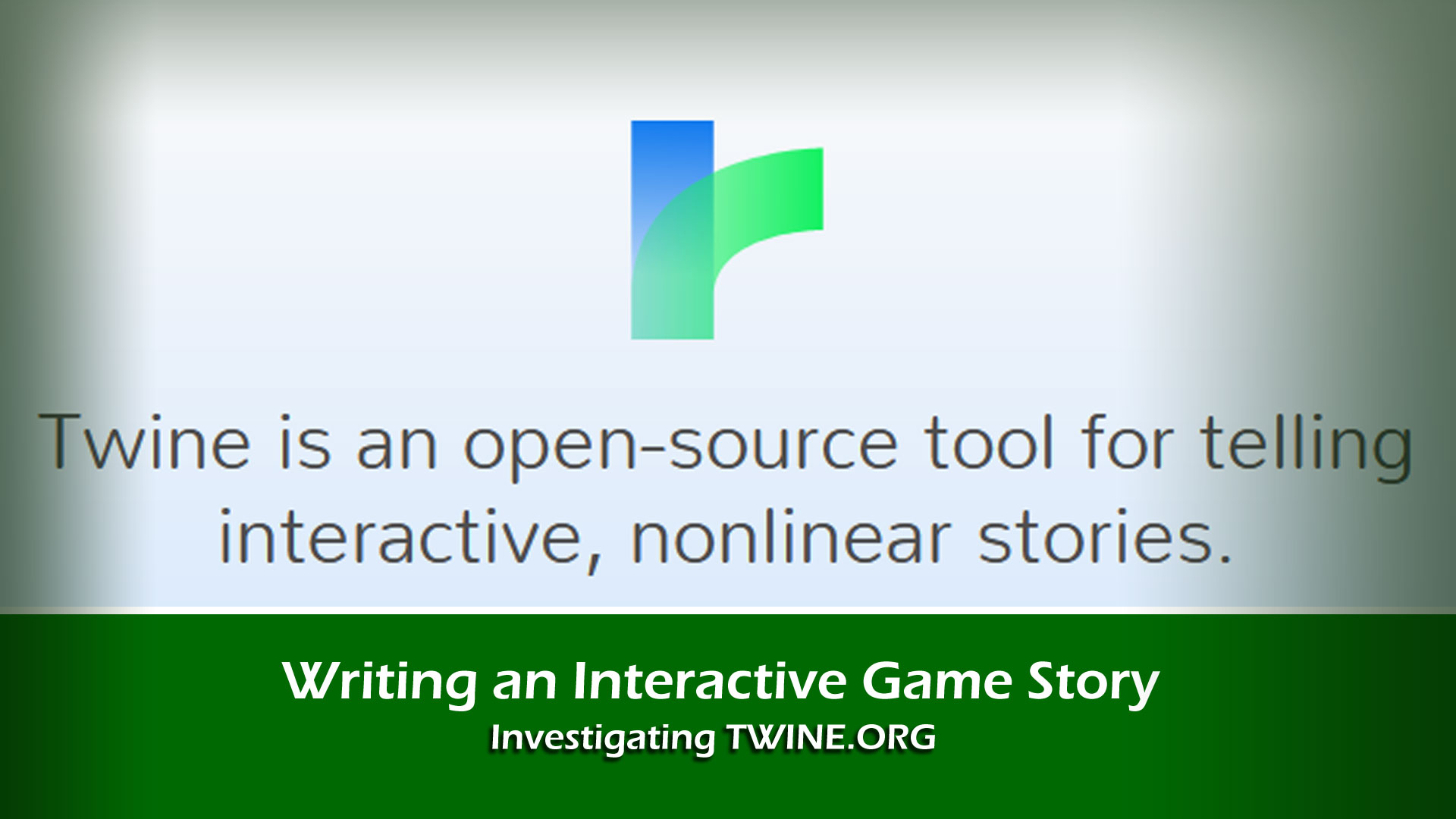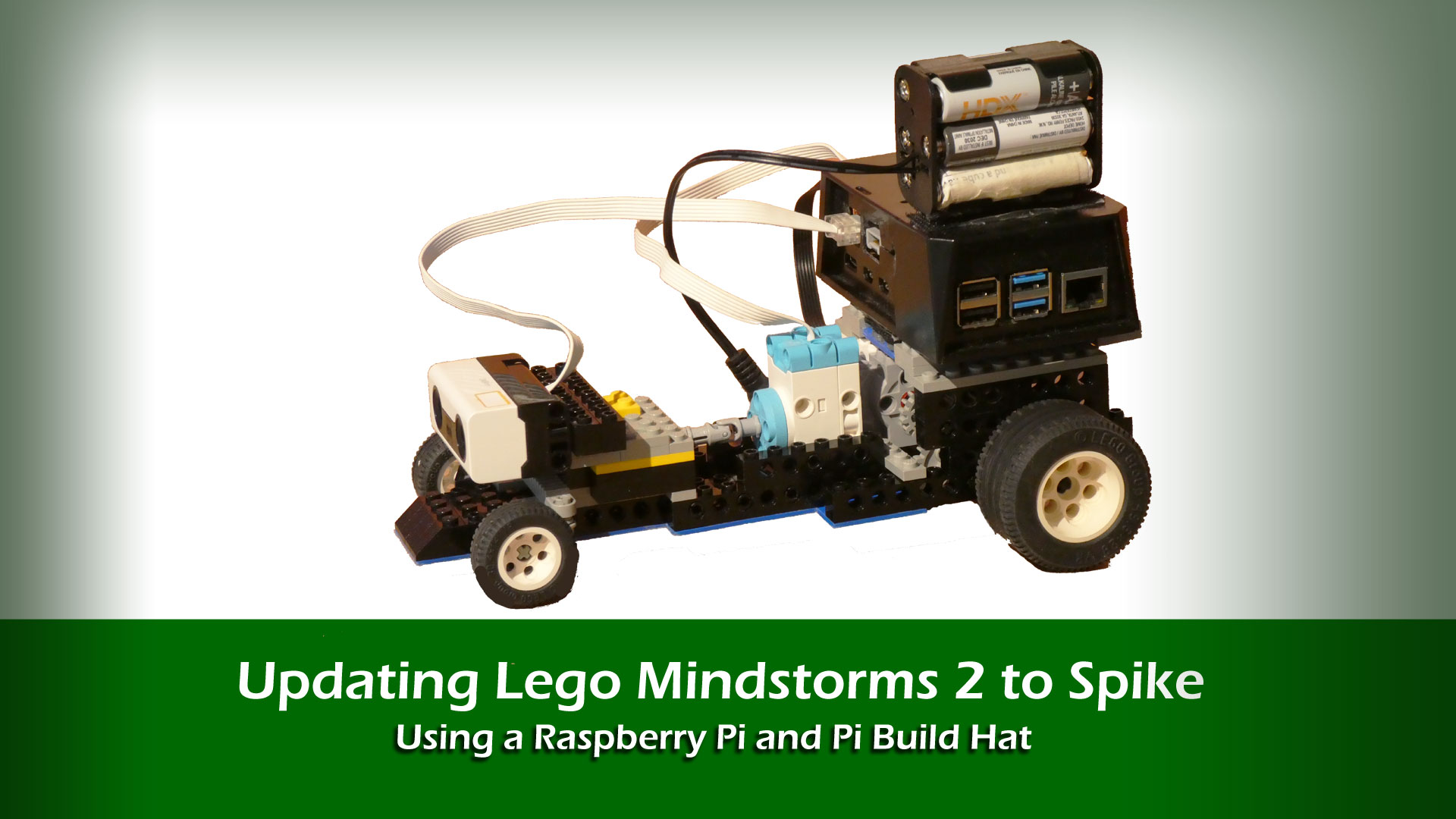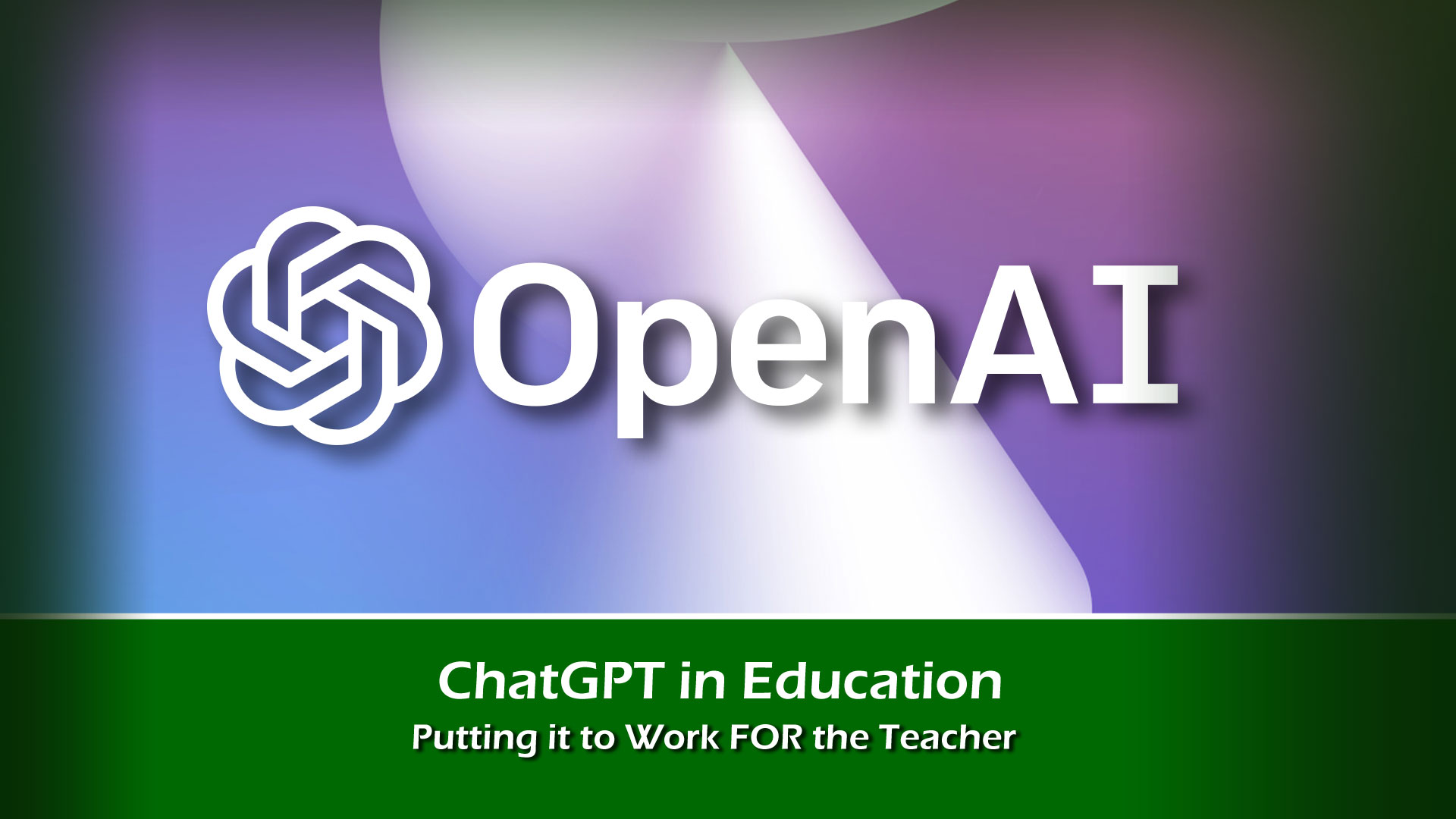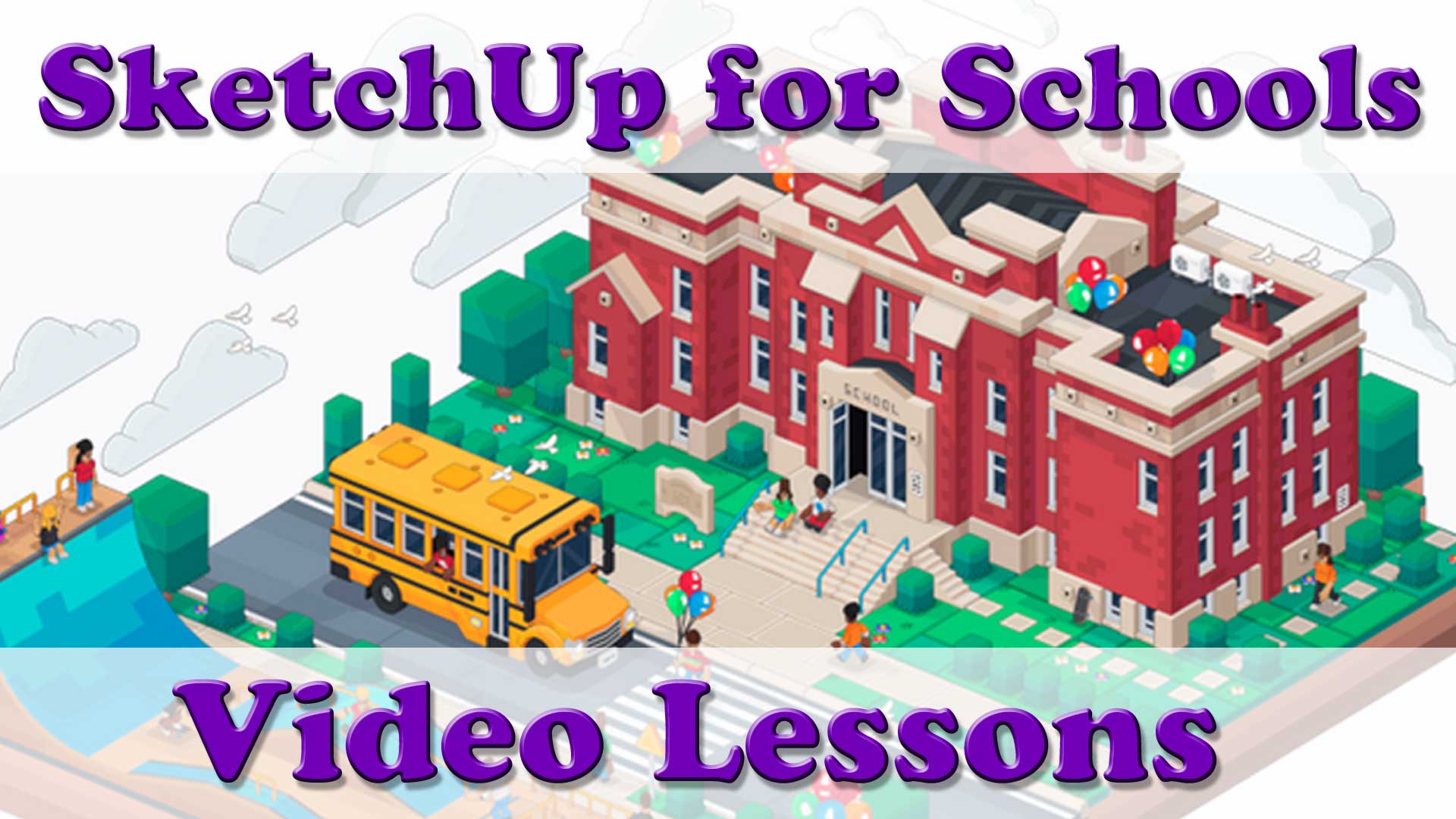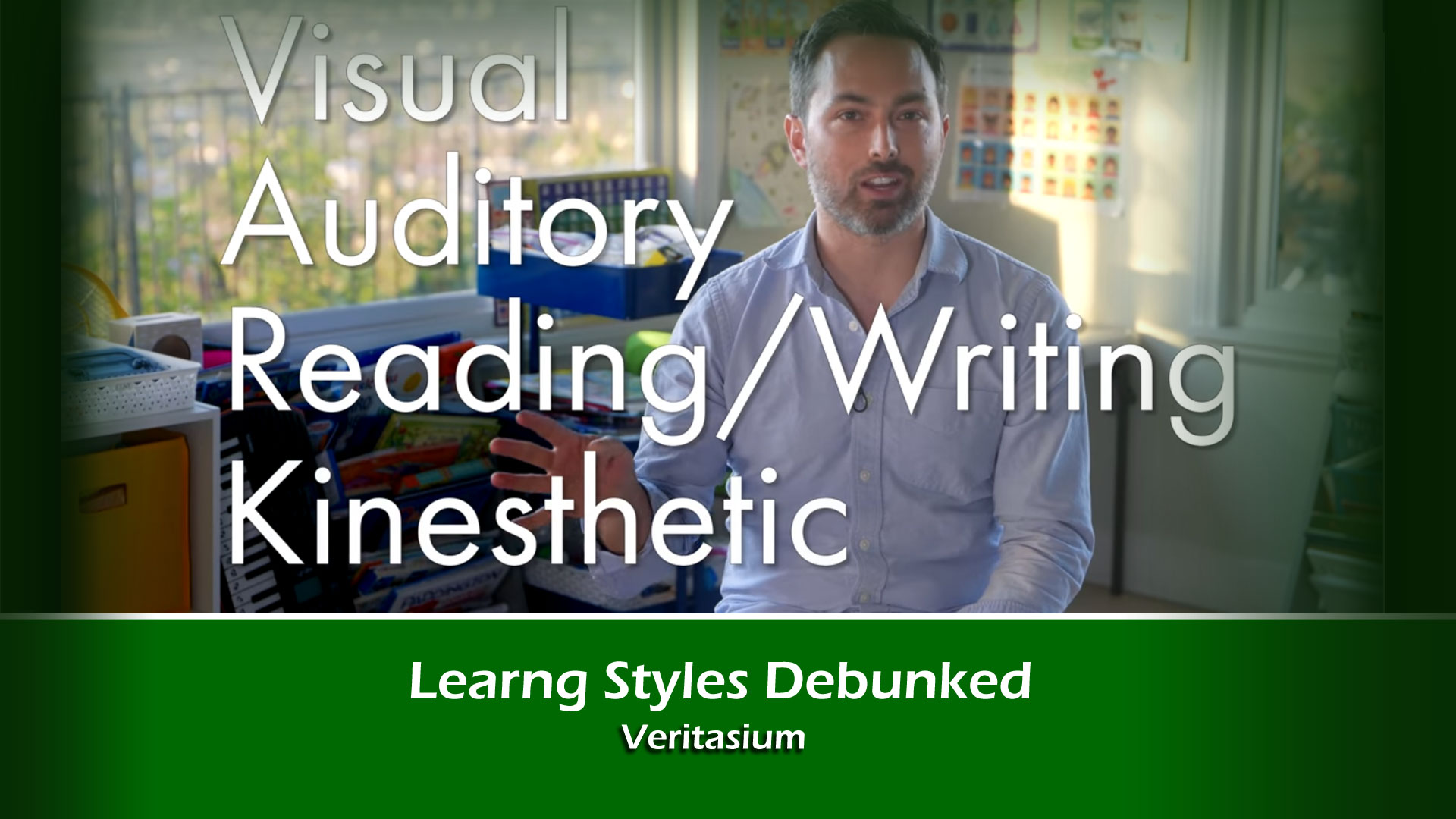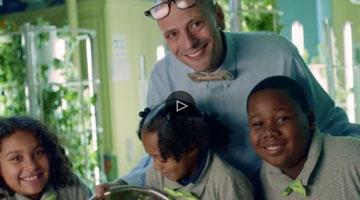This is a collection of 82 short videos (5-6 minutes) of an interesting logic problem including the solution.
For students who like story-telling but are a bit hesitant to enter the world of programming, twine.org is a soft entry point for getting them to work in the intersection of stories and logic pathways.
This short video gives a creator's perspective on using the tool to create an interactive story.
Share a google resource with another teacher.
On the Classwork tab, locate the resource you want to share and click the Share Classwork button in the upper right corner. Copy the URL
Undo closed browser tab
Ctrl + Shift + T
Bookmark Toolbar - Icons Only
Just delete the text identifier for the Web site and you'll be left with just the icon.
Cut and Paste - No Formatting - Ctrl + Shift + V
Chromebooks - Mirror/Extend Display
Ctrl + Screen button (Square icon with triangles in the corners).
Force Copy of Google Doc
- Copy the URL of the document.
- Paste into a new tab.
- Edit the URL and remove the /edit#???????.
- Add /copy to the end of the url.
Everyone who uses that URL will be forced to make a copy of the document if they want to access the doc.
My wife gave me a Lego Mindstorms 2.0 kit not long after we were married. I used it for a while but then kids appeared and my toys were put away. Skip ahead 20+ years and I'm now a classroom teacher (elementary and secondary) and I wanted to work robotics into my lessons so I dug out my Mindstorms kit to see if it would be useful. The short answer was "not so much". The lego is all still good but the software is very out of date and doesn't run on modern operating systems and even using an older system, using the infrared transmitter to download software to the robot from the computer was a finicky process. The logo was still mechanically good however. So, I wondered if the kit could be revitalized with some new technology.
The short answer is yes, there is a path to revitalizing your old lego robotics systems to work with the modern lego motors and sensors. This solution is suitable for students who have a little coding experience and/or are capable of learning a script based programming language (as opposed to a block language like Scratch). The Raspbery Pi Build Hat https://www.raspberrypi.com/products/build-hat/ is an add-on board that you attach to a Raspberry Pi. It provides 4 connections that are compatible with the connector that Lego uses for all it's motors and sensors in the Spike Educational product line.
To revitalize your old MindStorms kit, assume you need the following:
- 1 Large angular motor ($58)
- 2 Medium angular motors ($100)
- 1 colour sensor ($35)
- 1 pressure sensor (45)
- 1 distance sensor ($58)
This matches up with the major components of the Spike kits; however, the lego blocks that you get in Spike are different from what you got in MindStorms so you won't be able to make exactly that same robots. It's going to rely on student creativity to make a robot with the mix of modern motors and sensors and the older lego.
You also need:
- Raspberry Pi (version 4 with 2GB RAM - $63) Could be a Raspberry Pi 3 or theoretically any 40-pin Pi.
- Raspberry Pi OS on microSD card ($12.95)
- Pi Build Hat ($53 with 48 Watt power supply. $35 for just the Build Hat)
- 48 Watt power supply
This all assumes a stationary robot (like a factory robot arm). If you want it to be a moving robot, it will need a battery pack. 5 batteries in series will give you the required voltage (5 x 1.5V = 7.5V) but I couldn't get a 5 battery holder at the time so I used a 6 battery holder and filled the sixth spot with a dummy that has a conductor form the top of the dummy to the bottom. Here is an example 5 cell holder for AA: https://www.amazon.com/LampVPath-Battery-Holder-Leads-Wires/dp/B07WRQ44YK/ref=sr_1_1_sspa?crid=23UU648S5Q9DS&dib=eyJ2IjoiMSJ9.iDeEIOEvnhCRTxPFr0HPStgt1_pNMsxHHs-QL2NVlhJlQECDn7jdpxShcM0BurvyIbdu7Ar0p3e2v0pLLnRIhBHaEgHa59iWavEuSrkEwGcUte8l7U7Ldvff-tW_06jMKPm80YNdNtZl3O0akG86Z_-MfrJDhoK69esHAxguxhetUM4qFgn_BMFGBBmo6xLAJ4fPsi8Q9_YlHCqRxl4GdePcGKkL3mTsdAdDRW2AJgQ.p2YSypWha4FWkHFjlEaucd1btg6iyqbRzbyT41MT59M&dib_tag=se&keywords=aa+battery+holder+5+cell&qid=1708356789&sprefix=aa+battery+holder+5+cell%2Caps%2C115&sr=8-1-spons&sp_csd=d2lkZ2V0TmFtZT1zcF9hdGY&psc=1
This pricing also doesn't include a case for your Raspberry Pi
That's a total of $425 before tax, batteries and a battery holder. A Lego Spike Prime kit is $573 before tax including the rechargable battery. So, revitalizing costs about $25% less than buying a new Spike. If you already have a Raspberry Pi with the OS on SD card, that's another $76 saving. However, your revitalized kit isn't exactly comparable to the new Spike. Your students won't be able to follow easy assembly instructions for building their robot and they will have to program in Python.
Is it worth it?
I have a Spike Prime kit and revitalizing my MindStorms meant that I had a second kit for students to use. I already had a Raspberry Pi, so I saved $63 which means my savings were closer to 40% of the Spike Prime cost and I created a different project for the revitalized MindStorms users so that they didn't need the sensors. If they need the sensors, then we would take turns and share the sensors from the Spike kit. It's not ideal, but it met my objectives of bringing robotic stations into my classroom without funding from the school.
If you drop just the large angular motor, you're at 38% saving and you still have two motors which are enough for many robots. You could also downgrade to a version 3 Raspberry Pi ($48) and you should still have sufficient computing power for most student applications. That puts you back to 40% less than Spike Prime. A significant saving.
One final thought. I've essentially ignored the presence of the Spike Essentials kit which sells for $441. Essentials doesn't include the large angular motor, the distance sensor or the pressure sensor but it does include the colour sensor and a 9 LED block. It also includes small motors instead of medium motors. I've never used the small motors so I don't know how differently they perform.
For me, upgrading was worth it. I turned my old Lego into another project station for my kids, so it's a win and made it useful for robotics experimentation again. If it was my only robotics kit, it probably wouldn't be a great solution particularly for younger students (although some of my grade 5s were successful in understanding the Python code they needed to make the robotic arms work.
Post Script
When I taught grade 9 Introduction to Computer Technology (Robotics), I bought another Lego Technic small angular motor, a medium linear motor (which has limited ability but was sufficient for propelling a car), a distance sensor, and a second Raspberry pi and build hat. This allowed me to stretch my old Mindstorms kit into two stations rather than just one. And of course, the Raspberry Pis can still be used on their own for other projects.
There’s been a lot of talk about the impact of ChatGPT on the classroom as people speculate that students will use it to do all of their homework and teachers will be unable to assess student’s ability to research a topic and write about it based on their research. I decided to let that debate rage in other channels and instead to look at it from the perspective of how it might help a teacher.
Putting it to work for the teacher
I was working on building an assignment for my students. The activity was a cross-curricular Math/Language assignment where they were going to select a topic of interest, formulate some big questions about that topic, create and conduct a survey of their peers (or some target audience) then summarize the data, create appropriate charts and create an infographic based on the data that they collected and the charts that they created.
In order to support the students, I wanted to create a list of possible topics for students that struggle to think of their own ideas. I wanted to have 12-15 possible topics. After brainstorming on my own for a while, I had about 8 idea which I had fleshed out but I needed more. My wife suggested I use ChatGPT (I’m supposed to be the nerd in this family), so I did.
First Prompt
I gave it the prompt, “List 5 topics a grade 8 student could use for the basis of doing a data gathering and info-graphic creation assignment.” ChatGPT took it’s time and then came back with the following topic suggestions.
- Survey classmates about their breakfast, lunch, and dinner choices, and create an infographic to visualize the results.
- Conduct a survey to determine how much time grade 8 students spend on different types of technology (such as computers, smartphones, and gaming systems) and create an infographic to display the results.
- Survey classmates about their physical activity habits, including the types of exercise they participate in, frequency, and duration. Present the results in an infographic format.
- Ask classmates about their knowledge of environmental issues, such as recycling, conservation of resources, and climate change. Use the results to create an infographic that illustrates the level of environmental awareness among grade 8 students.
- Survey classmates about their future career goals and create an infographic that displays the most popular career aspirations among grade 8 students.
Second Prompt
ChatGPT gives the option to “Regenerate response”. I didn’t try this action but instead, tweaked the question to give me 15 suggestions instead of 5. I wanted to see if it would repeat the same 5 and then add 10 more or if it would give me 15 new ideas. It came back with the following:
- Favorite sports and activities
- Types of music listened to
- Reading habits and favorite books
- Study habits and schedule
- Sleep patterns and habits
- Transportation methods to and from school
- Family vacation destinations
- Screen time usage
- Hobbies and extracurricular activities
- Snack and drink preferences
- Family meal routines
- Shopping habits and brands
- Attitudes towards school and learning
- Social media usage
- Family pet preferences and ownership.
This response wasn’t as detailed but I guess was technically a more accurate response to my prompt because I had asked it for a list.
Third Prompt
I did a third test where a significantly revised the prompt that I gave to ChatGPT. I asked the following, “Identify and provide details on 15 topics that grade 8 students could use for the basis of an assignment where they collect data using a survey and then create an infographic from the data that they collected.”
Here is the third response.
- Sleep habits: Ask students about their bedtime, wake-up time, and number of hours of sleep each night. Use the data to create an infographic on sleep habits.
- Social media use: Survey classmates about their use of social media, including frequency, duration, and favorite platforms. Create an infographic to display the results.
- Favorite school subjects: Ask students about their favorite school subjects and use the data to create an infographic on popular subjects.
- Extracurricular activities: Survey classmates about their participation in extracurricular activities, such as sports, clubs, and music lessons. Create an infographic that displays the most popular activities.
- Favorite books: Ask students about their favorite books and authors, and use the data to create an infographic on popular books.
- Family structure: Collect data on family structure, including the number of siblings, single-parent households, and blended families. Create an infographic that displays the most common family structures.
- Health habits: Survey classmates about their health habits, including exercise, diet, and stress management. Use the data to create an infographic on health habits.
- Favorite movies: Ask students about their favorite movies and use the data to create an infographic on popular movies.
- Future goals: Collect data on future goals, including career aspirations and personal goals. Create an infographic that displays the most popular goals.
- Sports fandom: Survey classmates about their favorite sports teams and players. Create an infographic on popular sports teams and players.
- TV viewing habits: Ask students about their TV viewing habits, including favorite shows and time spent watching TV. Use the data to create an infographic on TV viewing habits.
- Internet usage: Collect data on internet usage, including favorite websites and time spent online. Create an infographic that displays the most common internet habits.
- Fashion preferences: Survey classmates about their fashion preferences, including favorite brands and styles. Use the data to create an infographic on fashion preferences.
- Travel preferences: Ask students about their favorite travel destinations and modes of transportation. Create an infographic on popular travel preferences.
- Favorite video games: Collect data on favorite video games and use the data to create an infographic on popular video games.
Summary
In the context of this simple experiment, ChatGPT acted like a partner teacher. When you’re sitting in the lunchroom doing some lesson planning and you lean over to the teacher beside you and ask them for some suggestions from their experience, that’s what ChatGPT did for me in this instance. My brain was running down a narrow row of ideas and this technology gave me suggestions that were outside of my thinking. I could get the same input by surfing other lesson plans on the Web but it would have taken a lot more time to curate my findings.
My conclusion is that ChatGPT was an effective collaborator on the creation of a lesson plan. It didn’t solve a big problem but it saved me time and gave me content I could cut and paste into my lesson.
Visual arts class is not an area of strength for me, so I look for activities that play to my strengths and that are different from what my grade 8 students have done for the past 8+ years of elementary school art class. To that end, I introduced them to SketchUp for Schools which runs on their Chromebooks. It's a 3-D CAD program that is very easy to use but still incredibly powerful. To help them learn the fundamental skills necessary to use the software, I created a series of video lessons which instruct them on how to use the most common tools. If you've never use CAD before, this series of videos should get your running on SketchUp. The first introduction lesson is 13 minutes but the remaining videos are just 1 to 3 minutes.
Note: Sketchup is best used with a mouse but can be done with a track pad.
As one option for their final assignment, students are making the plans for a tiny home which was part of one of their geography lessons.
As an extension to my unit on determining the general term for a linear series, my students learned to flowchart the process and then create Scratch programs that implemented their process. My students have widely varying degrees of proficiency with Scratch. Many of them had been successful creating games but most had never tackled creating a program to solve a mathematical problem. To help them understand some of the fundamental concepts of programming, and to try to bring them all to a similar level of understanding, I created a series of mini-lesson videos on programming in Scratch. Each of the 10 videos tackles a single concept and runs from 2 to 6 minutes.
In my quest to link more computing into my curriculum, I introduced my grade 8 class to flowcharting and Scratch coding as a continuation of their unit on determining the general term for a linear data series. Some of them had been successful in fully understanding the concept in our normal math class process but a lot of them were still a bit lost. My thinking was that getting them to break the process down into even smaller computer-sized steps by flowcharting the process for a computer program might help them gain a more complete understanding of the process. To that end, I created a few videos on flowcharting and a series on fundamental concepts in scratch.
If you've never taught flowcharting before, these videos may give you and your students a starting point.
This is a short article that talks about some fundamental differences between the big screen of the TV and the small screen of tablets and phones. My kids are past the age where this is important from a developmental perspective, but it might also be something to consider in a social situation. Sharing videos on the big screen through chromecast so that everyone can see it vs watching something on a small screen where only one or two can easily view.
Conrad Wolfram brings his knowledge of mathematics to the discussion of what we should be teaching in math class. It's a thought provoking piece about how we should be using technology in teaching math and the tasks our students should be spending their time learning and doing.
https://www.youtube.com/watch?v=GEmuEWjHr5c
This is an interesting piece from Vertasium. This next thing is going to revolutionize education. Or not.
The title for this video was pure click-bait, "The Biggest Myth in Education", but it was from Vertasium which generally has well researched and informative videos, so I followed it.
If you're an educator, it's worth a watch. The short story is that we all benefit from multi-modal instruction rather than being learners that benefit from one mode of instruction.
A short but insightful video about the benefits of asking questions until you understand. Now, if I can just convince my students of the benefit of asking questions this way.
Editing in Adobe Premiere Pro using a mouse and keyboard gets tiresome, so I decided I would purchase an accessory to make editing a little easier. There aren't a lot of options in the consumer price range. I looked at https://loupedeck.com/en and the https://www.contourdesign.com/product/shuttle/ . The Loupedeck is about $200-249 US while the Contour Design is only $99-129 US. I decided I liked the Contour for what I'm doing right now but the Loupedeck is better build quality and has more variety of controls. That said, I think the loupedeck is a compromise between video editing and photo editing and while it can do both, it almost looks like it's more suited to photo editing. I guess this makes sense as way more people do photo editing.
I'll try to post more details once I've had a chance to spend time hands-on with it.


When you start researching robotics for educational purposes, you encounter a lot of stuff. I'm making notes to help myself decipher what's most useful.
This document is evolving as I encounter more information.
Number 1 reason for robots (and maker activities in general) in classrooms is "Engagement".
Curriculum Supported
For robotics to be adopted significantly in classroom environments that don't have a robotics expert, they have to be supported by sound curriculum documents.
The following three systems have curriculum specific to their systems. All three also have competitive robotics leagues. Volume pricing doesn't really save you much money. I have not evaluated the curriculum for any of these systems yet.
About Adafruit
This is the inspiring story of the creation of the Adafruit company and its founder Limor Fried (Lady Ada).
Tour of the Adafruit facility
This is just so cool to see an urban factory turning out cool stuff.
https://www.cultofpedagogy.com/green-bronx-machine/
Steven Ritz - Green Bronx Machine :https://greenbronxmachine.org/ He also does a Ted Talk (13 minutes) https://www.ted.com/talks/stephen_ritz_a_teacher_growing_green_in_the_south_bronx?language=en
I listened to this podcast interview with an inspiring urban school teacher. His experiences make our "urban" experiences seem pretty tame.
Experiencing True Inquiry
I don't think I was formally taught to decompose and re-compose numbers as part of learning math and it's a tactic I don't think I use as much as I might.
Decomposing to make adding or subtracting easier
This is really targeted at younger students learning to add but it's worth reviewing even with older students as it reminds them that equations can be a bit fluid.
8 + 6 is trivial for most adults, but it may be easier for a younger student to understand the benefit of thinking in terms of 10s. They first decompose the 6 into 2 and 4 and then add the 2 to the 8 to make 10 and then it's easy to add the remaining 4 to get 14.
An A-Ha moment
I like puzzles. I like looking for patterns and short-cuts to solutions. I like programming. I like elegant solutions which are often the outcome of identifying a unique pattern in a specific context so I'm intrigued by the challenge of helping kids to make the leap from patterns into equations.
I've never been particularly adept at mental mathematics. I have a couple of short-cuts I use to help with estimating answers to equations but more often than not, I resort to pencil and paper or smartphone/calculator or I just do a quick estimate calculation in my head and accept that it's close enough. I never really thought much about the methods I use to do mental math until we watched Jo Boaler's video on Number talk (18 x 5) (https://www.youtube.com/watch?v=bAQQC6oZxgU) in our first 3152 class. I was stunned by how many different methods were used to arrive at the correct result and was impressed with the brilliant connection one student made to simply the question to 9 x 10. It's so obvious when you hear it but it hadn't occurred to me.
Connecting Math and Science in the World
The bicycle, which many kids are still familiar with, provides an opportunity to investigate some real-world science that is tangible in many kids lives. The gears are the most obvious, but there is also opportunity to talk about friction (brakes), rolling resistance (tires), lubrication (chain, wheels, bottom bracket), and momentum of a spinning wheel.
Gears

